Japan is the most brilliant country to travel through – with exciting, vibrant, neon cities contrasting with serene temples, castle and pagodas alongside some stunningly beautiful countryside, it really has something to offer everyone. You can read about some of the finest places to visit in our guide to Planning a Trip to Japan. The best way to see all these amazing sights is to use public transport. The Japanese transportation network is fast and efficient throughout the whole country. It is also really well interconnected and integrated. Here are some tips for how to use public transport in Japan and the various transport options you might choose to use.
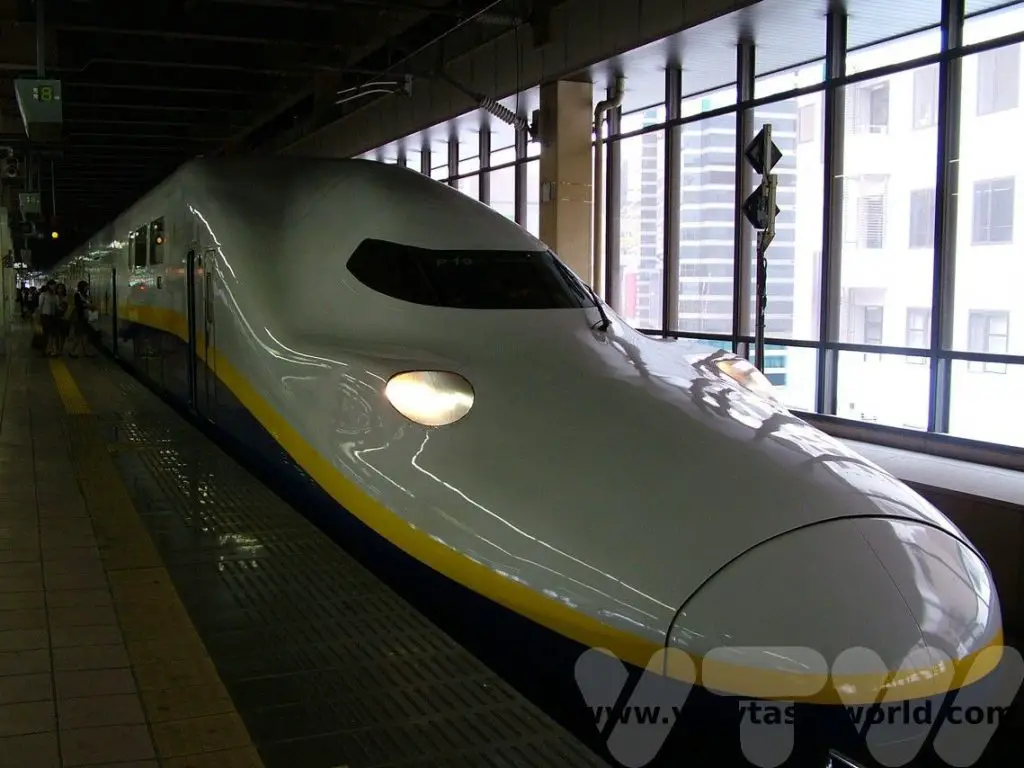
Please note that this post contains affiliate links. If you click through and decide to make a purchase we will make a small commission, at no extra cost to you, which will help towards the costs of running this site.
Travelling By Rail
Japan is famous for its rail network. It’s a great way to travel and is highly efficient. When planning your rail journeys we recommend the excellent Hyperdia site which has timetables and can offer information about all available routes.
If you are planning to travel through the country, it is worth considering a Japan Rail (JR) Pass. They are only available to visitors and, even though they aren’t cheap and the prices have recently increased significantly, they can represent good value. The rail pass would cover the cost of long trips between multiple cities. Beware though, if you are only staying in one city or even hopping between two (e.g. Tokyo to Kyoto and back) it’s not worth buying a rail pass. There is a JR calculator which can help you decide whether it is worth investing in a pass.
It is worth having a think about your trip when planning: If you want to spend a few days in Tokyo before travelling around the country, don’t activate your card until you need to travel outside the city. You might be able to buy a shorter duration card and hence pay less money. Alternatively you might want to consider inter-city buses which are slower but cheaper.
It is possible to buy 7, 14 or 21 day cards, either standard fare or Green Class (first class but, honestly, standard class is fantastic) and you can use them on most bullet trains as well. You need to order your pass before you travel.
You will get a voucher which you then exchange for a rail pass at a JR station. Not all stations issue passes but the main stations and stations at airports will have them. The clock starts ticking from the time you activate your card.
When using the JR pass, just have it ready at the entrance/exits to the platforms at the stations. You can’t go through the automatic gates but there will always be a station attendant on duty in an office at one end of the barriers. Show the card – with the date facing towards them – and they will wave you through.
In terms of knowing when you are arriving at your destination, most platform signs will have the name of the station in roman characters but they will be smaller than the main sign in Japanese. Keep an eye out for them – you’ll soon get used to spotting them. Also, many trains will announce the next station, so you can listen out. The announcement will be along the lines of, “Tsugi wa Destination desu.”
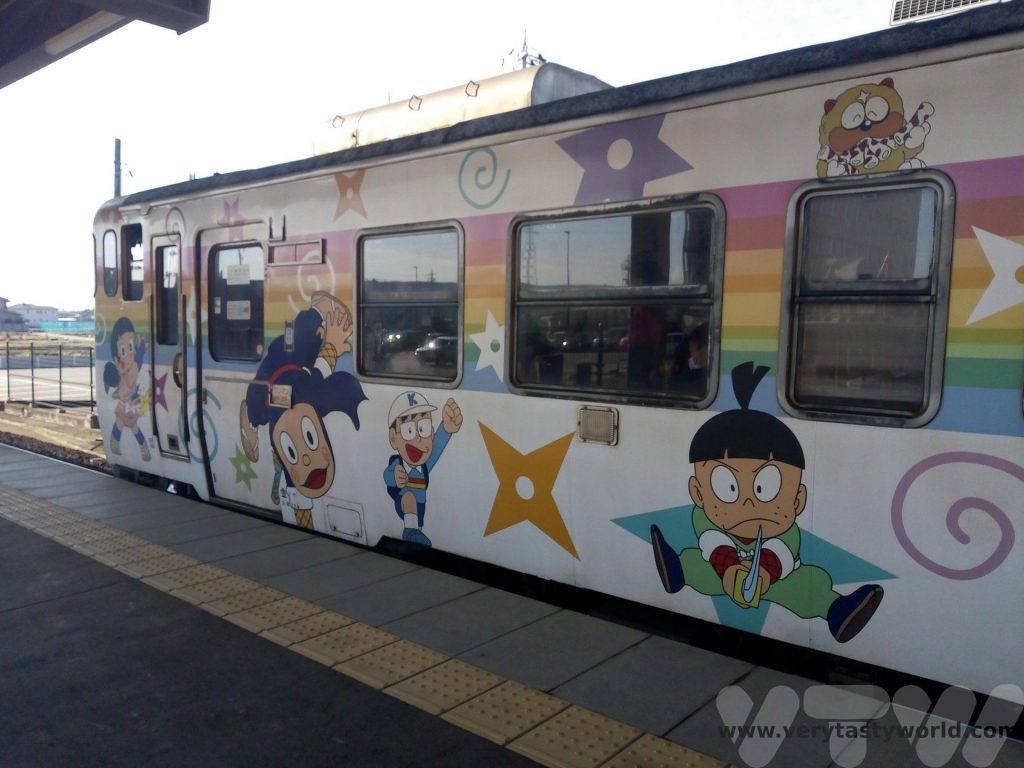
Beware: Not all rail lines are JR. There are quite a lot of private lines running throughout the country, including in some of the cities, so you will have to buy a separate ticket. The delineation between the lines should be clear – if you are changing trains from JR to the private line you will exit the JR station (showing your pass) and can then use a machine to buy a ticket for the line you wish to use.
Fun fact: One of the delightful things about the Tokyo JR lines (and in other cities) is that each station has its own jingle – a short tune that plays when you arrive at the station. You can even buy CDs of all the tunes!
Using the Shinkansen – the Bullet Train
There’s a reason the shinkansen is known as the ‘bullet train.’ If you visit Japan do try to ride the bullet train at least once, it’s part of the experience. You can use your JR pass on all bullet trains, except the super-fast Nozomi. (Don’t worry, the other bullet trains are still very fast indeed.) Most electronic signs toggle between Japanese and English these days so have a look at the boards and wait a few moment to check which platform your train will depart from.
If you are using the shinkansen and have a JR Pass, you can reserve seats for free. Just pop along to a JR booking office – most stations will have them, and the station doesn’t need to be a shinkansen station – and book the seats. You will need to make sure you know which train you want to travel on. We often use Hyperdia to give us a timetable that shows us a variety of options and, as our plans for the day develop, we can point to the particular train we would like to travel on.
We do recommend making a reservation early if you know your plans. Sometimes trains can book up a few days beforehand, so you would have to rely on unreserved seating.
Your ticket will show the car and seat number. On arrival at the platform the car numbers are clearly marked. The platform will indicate where the train will stop for your particular car. Stand in the queue at your boarding point. Everybody is very polite and organised and it’s an efficient way of boarding the train.
Unreserved seating is available on most bullet trains but, as you would expect, you are not guaranteed a seat. We recommend showing up at the platform well before the train arrives and get a good place in the queue. The unreserved cars will be marked so follow the signage to that part of the platform.
Travelling on the shinkansen is a real pleasure. The seats are comfortable and have loads of legroom.
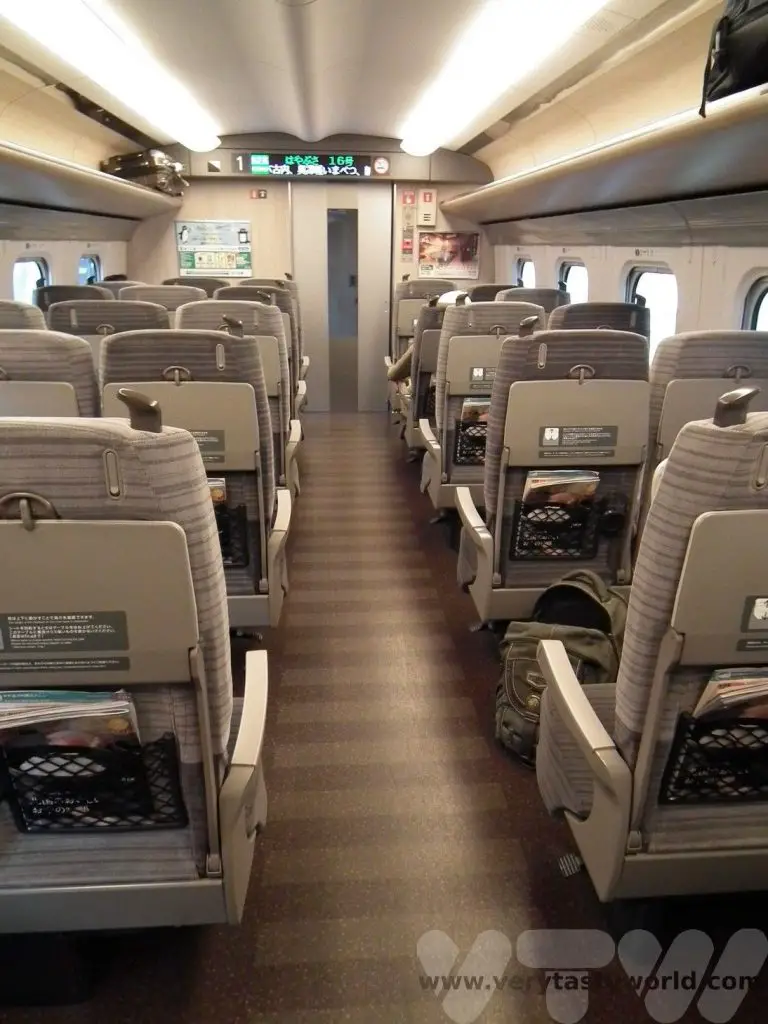
Foodie Tip: Don’t forget to get a bento box for your journey. It’s an essential part of the travelling experience. These are lunch boxes which contain all sorts of lovely delicacies. Many stations will offer ekiben (station bento) as local specialities.
You can buy food (and drinks, including alcohol) on the train itself. A delightfully low-key attendant glides up and down the carriage, gently asking if you would like to buy anything. But it is more expensive to buy food on the train so we often stock up at the station or a convenience store before we board. It’s absolutely fine to bring your own food.
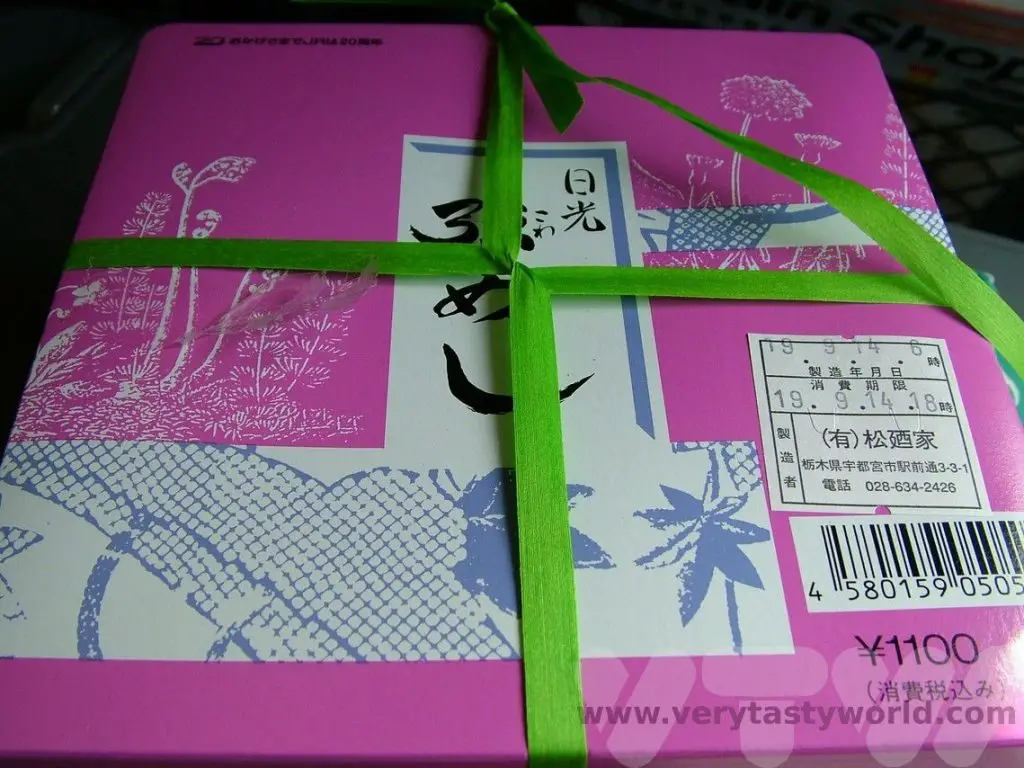
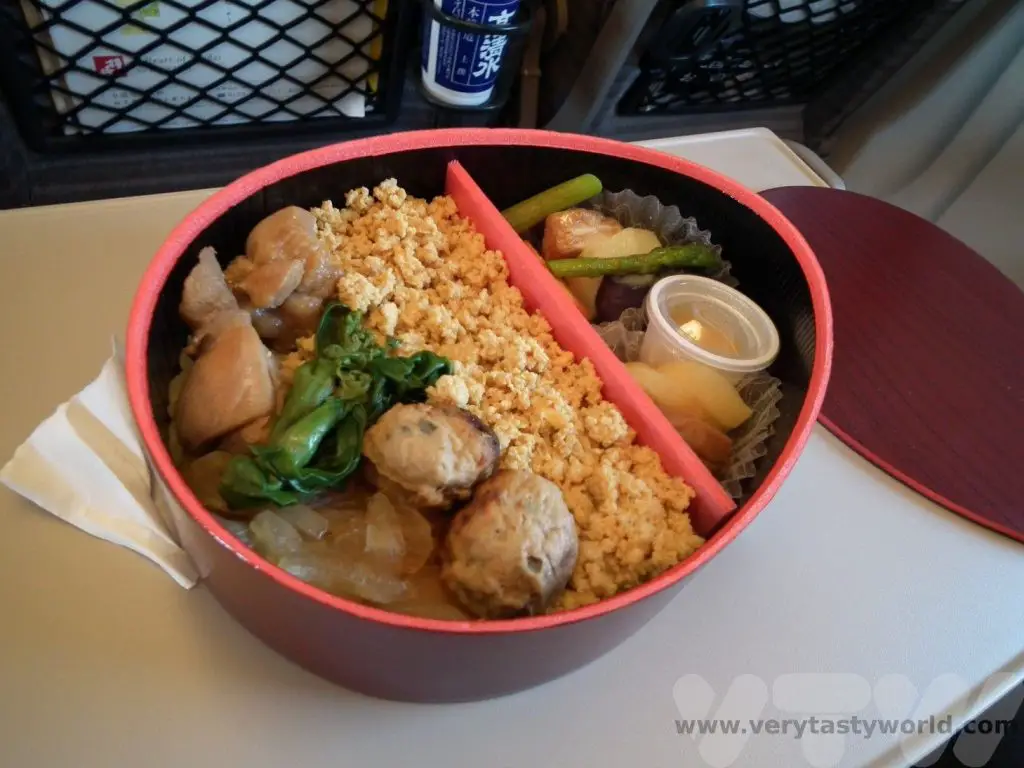
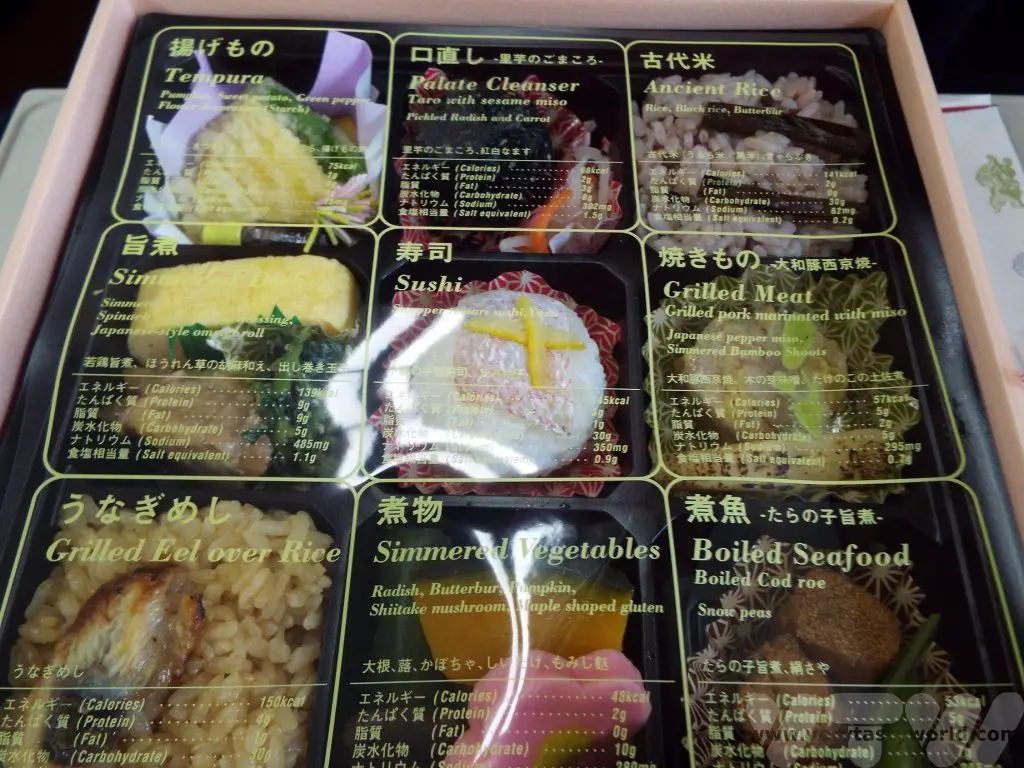
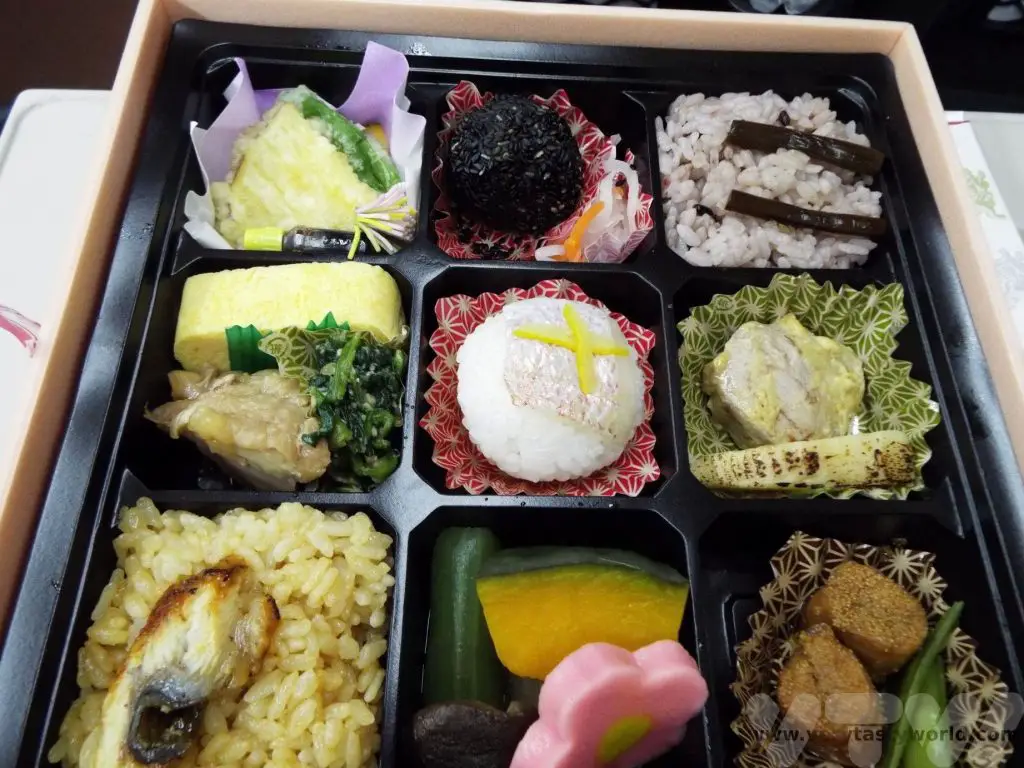
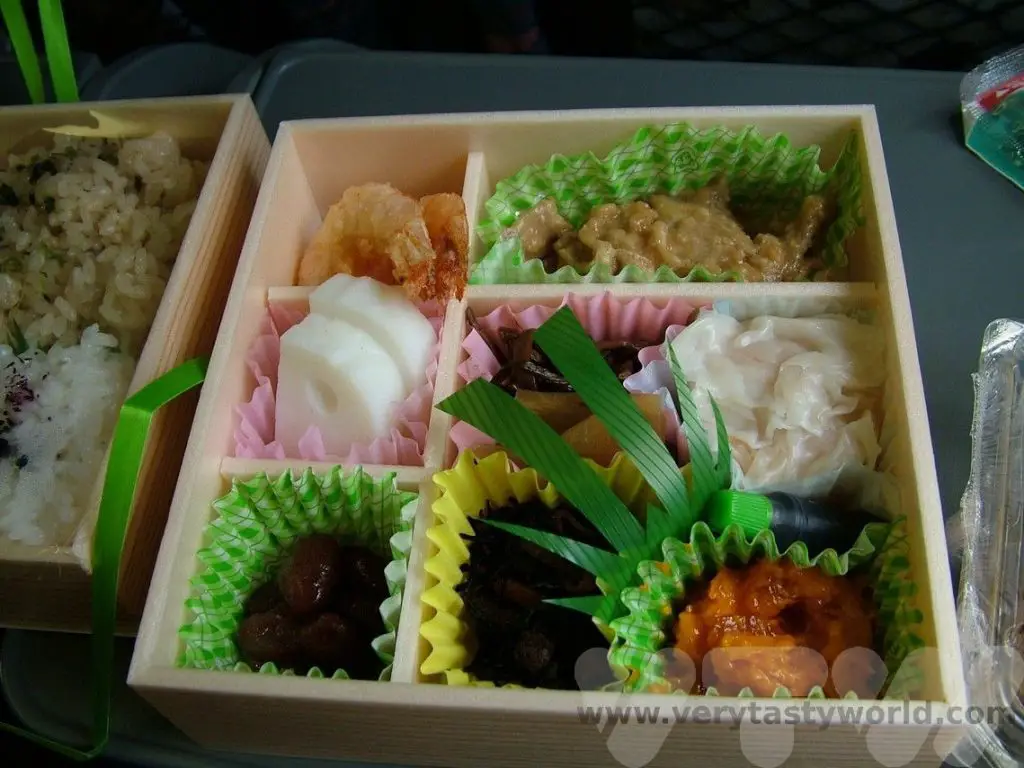

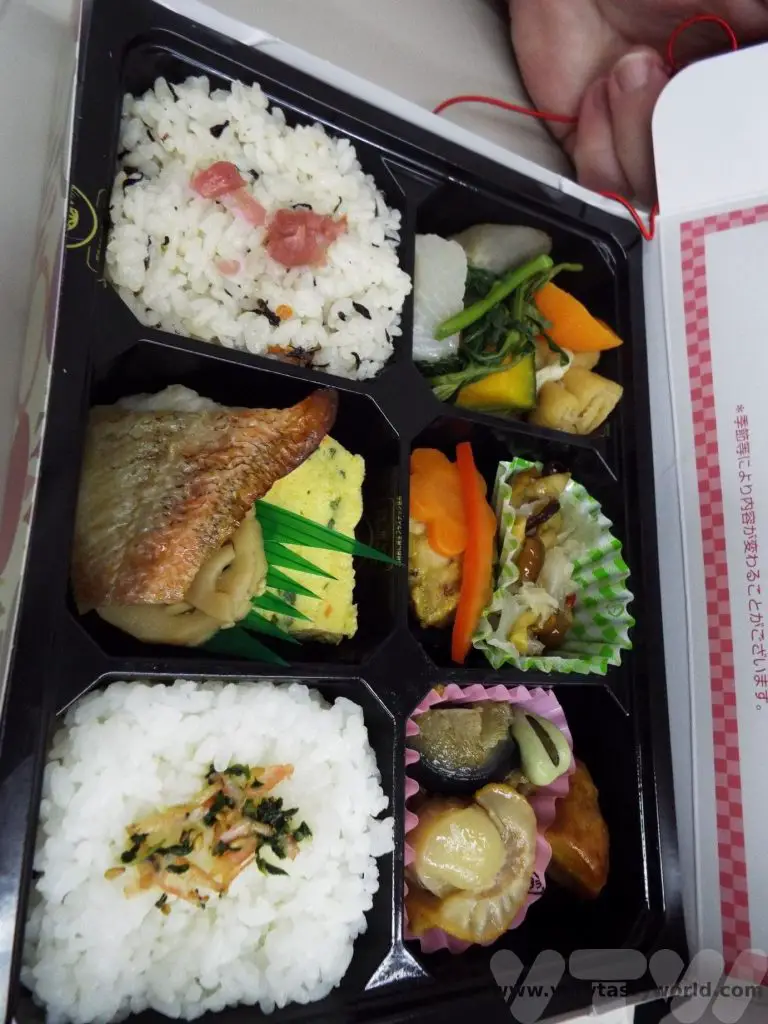
There will usually be a vending machine or three on the platform – vending machines can be found everywhere in Japan. You can even get a can of hot coffee from some machines!
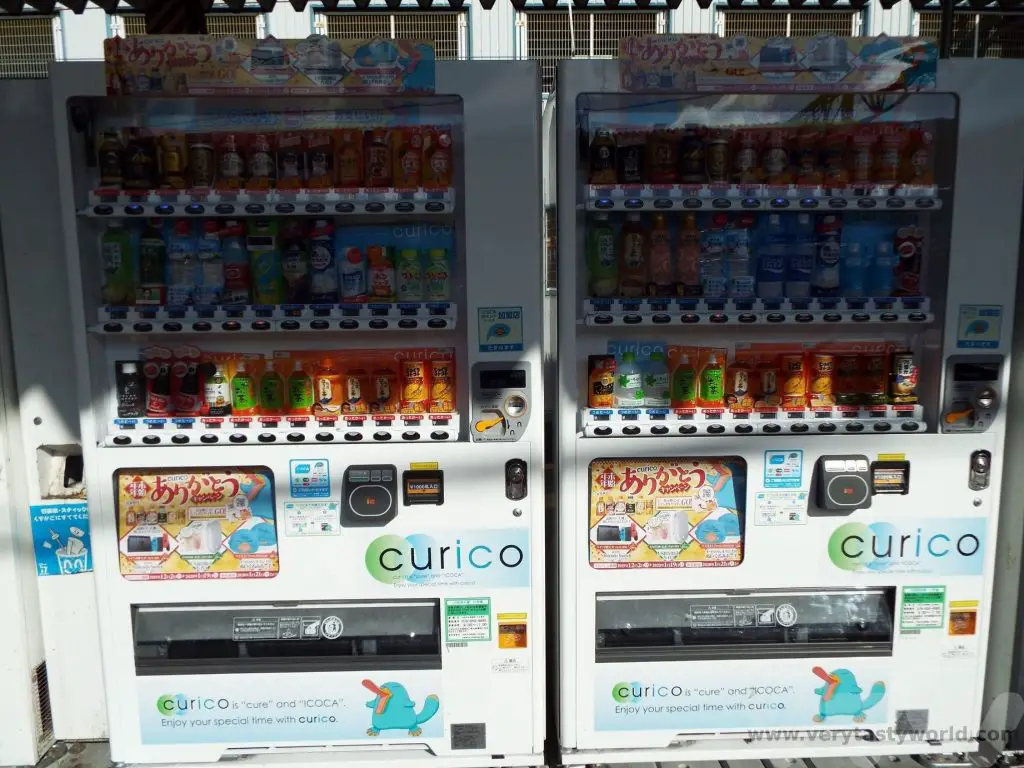
How To Use the Metro/Subway
Many of Japan’s larger cities also have a metro system. You cannot use your JR pass here. You can pay for each journey but some metro lines have an all-day ticket pass, so it’s worth investigating those, depending on how much you plan to use the transport during the time period you are travelling.
Timing Tip: Metro stations can get extremely busy at rush hour. If you are planning to travel inter-city we recommend waiting until after 9am on weekdays before setting off. If you do need to leave early you may well see immaculately clad, gloved attendants on the platform ensuring that everyone can squish aboard the train.
We recommend buying an e-money card – Suica or Passmo are popular choices. You can charge your card and simply tap in and out of metro stations, the cost being automatically deducted at the gate machine. These cards can also be used in places like konbini – convenience stores – such as Lawson, Family Mart or 7-Eleven. They are often specific to the city/region so can’t necessarily be used all across Japan. For example, a Tokyo card is unlikely to work in the Kansai region.
Charging the cards is easy – most convenience stores will have the ability to do this. You can say, “kono kādo ni chāji shite kudasai,” and indicate the amount. Note that you will need cash to top up these cards, you cannot charge from a bank card or credit card.
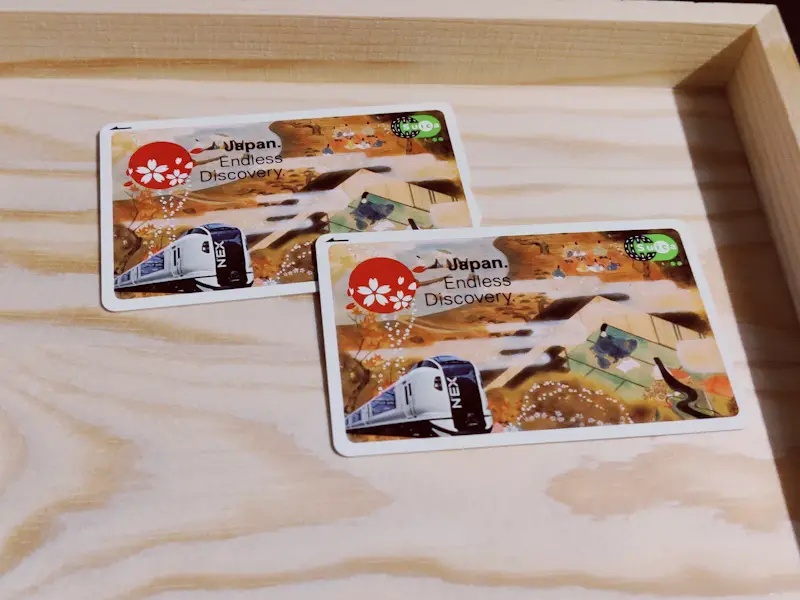
If paying for individual tickets, there will be plenty of ticket machines at the metro station. The metro map may seem intimidating if you can’t read Japanese but there is usually an English map – although you might have to look for it. We’ve often downloaded subway maps in English onto our mobile phones. The prices are based on distance, so you need to check what your fare would be using the map.
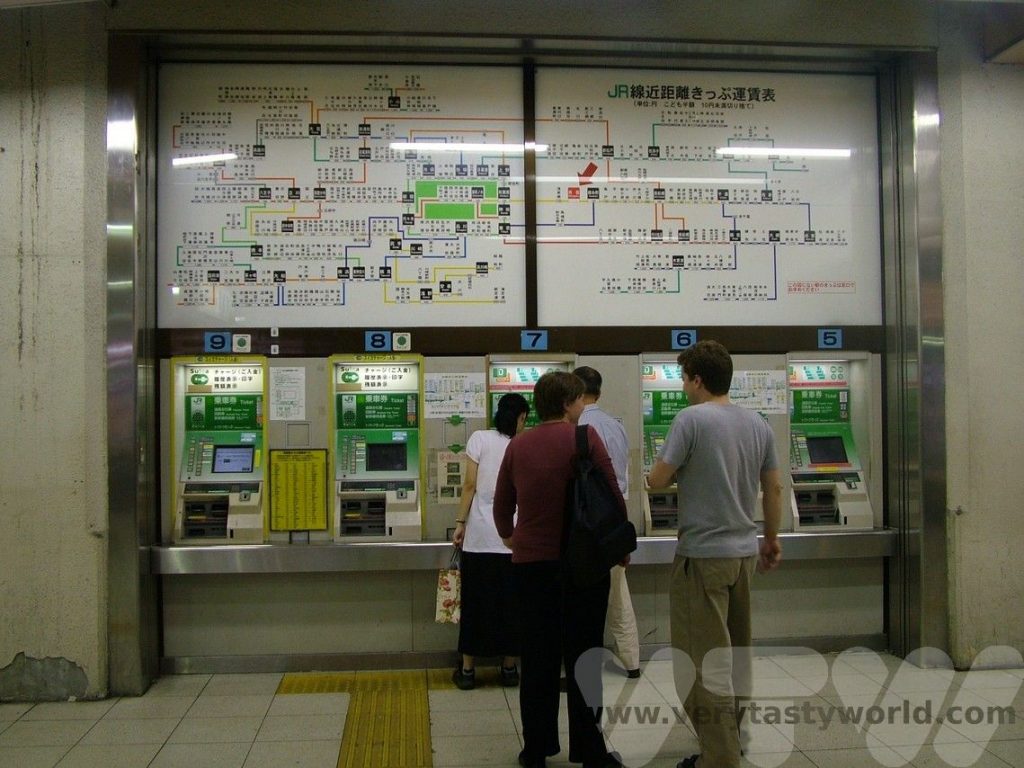
There is usually a screen which allows you to select a language and buy tickets in English.
The Japanese language machines may seem a bit daunting but are usually quite visual. You can often select the number of tickets by pressing the button showing the number of people (adults and/or children) travelling. These are the characters to look out for:
Adult (big person): 大人
Child (small person): 小人
If you get really stuck, we’ve often found local people hovering close to the machines, keeping an eye on us to see if we need help. If you say “Destination ni ikimasu” – I’m going to Destination – in all likelihood someone will help you. Don’t forget to thank them – “arigato.”
And if the worst comes to the worst, if you get the cost wrong, the barrier will close on you when you put your ticket in the exit machine and you can just pay the difference at the other end – there will be a member of staff in a booth who can take the excess fare.
When entering and exiting the platform either tap your card or put your individual ticket into the barrier machine. The barriers generally remain open but close rapidly if there is a problem. Be warned: don’t trip over them!
Tip: In Tokyo the Chuo (Rapid) Line and the Yamanoto Line are both Japan Rail so if you have activated your JR Pass you can use it on these tracks. The Yamanoto is a circular route and the Chuo goes straight through the centre of the city so you can reach plenty of stations. Both stop at Tokyo (labelled Tokio here) station where you can connect with the shinkansen.

Travelling on Buses in Japan
Japan has a good bus network which is useful if you are planning to explore some of the more rural areas. There are also bus connections in cities. There will usually be a bus stop close to the railway stations and often they are waiting, ready for the arrival of the train.
Buses can be a bit more challenging than trains as it’s sometimes difficult to know when you have arrived at your stop (although we have often asked the driver the name of the location we are planning to arrive at and they will indicate that you’re on the right bus).
You can ask, “Destination ni ikimasu ka”- does it go to Destination? The driver will indicate whether they do. If a driver crosses their arms in front of them in an X-shape, that’s an indication that the bus doesn’t go to that particular place.
Ticketing and payment systems can vary between companies. Some will have a fixed fare where you get on at the front door and pay the driver.
Others have boarding towards the middle or rear of the bus. When getting on, grab a ticket. It will have a number on it.
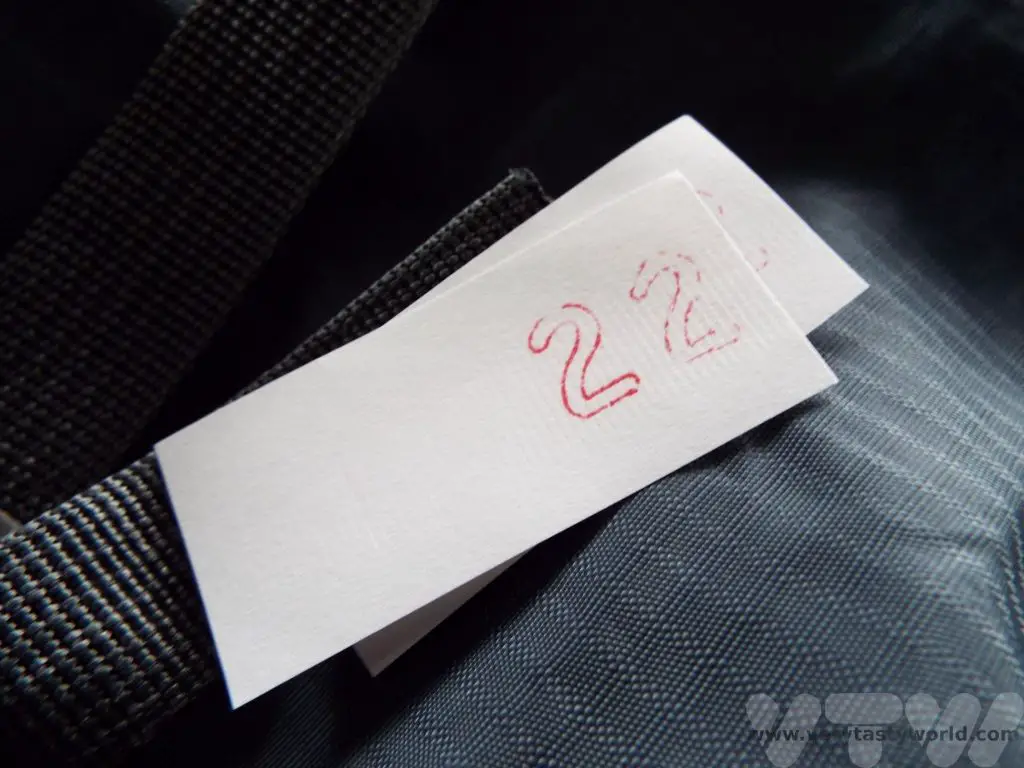
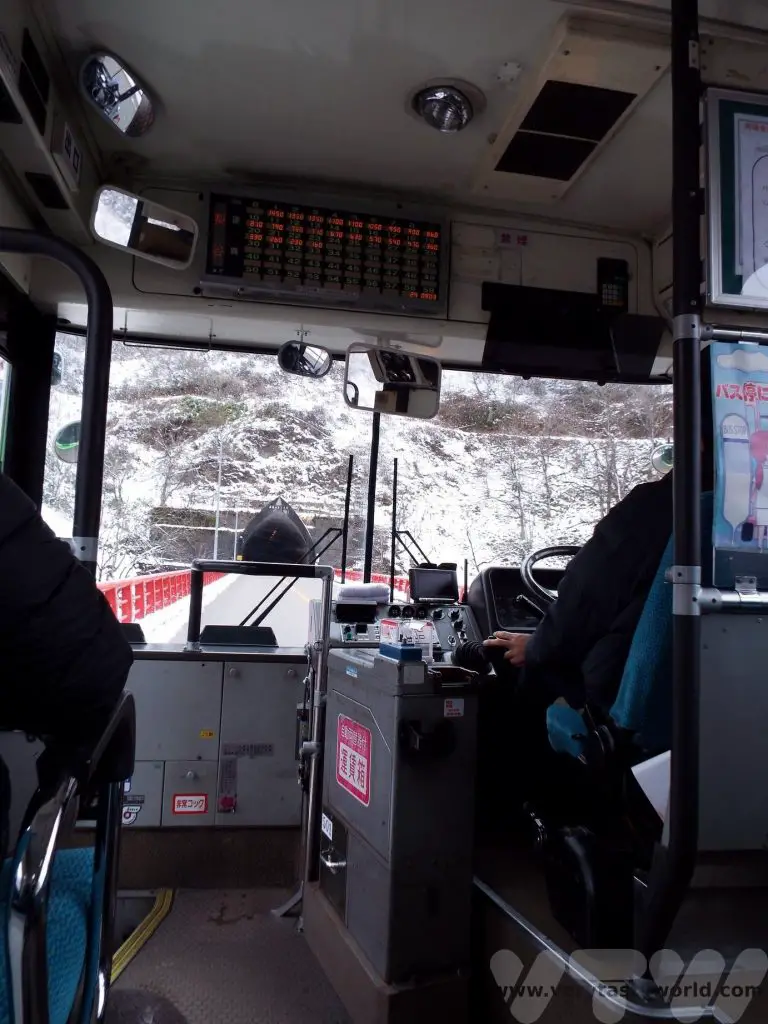
At the front of the bus you will see a display with grid of numbers showing costs in yen that increase as the journey progresses.
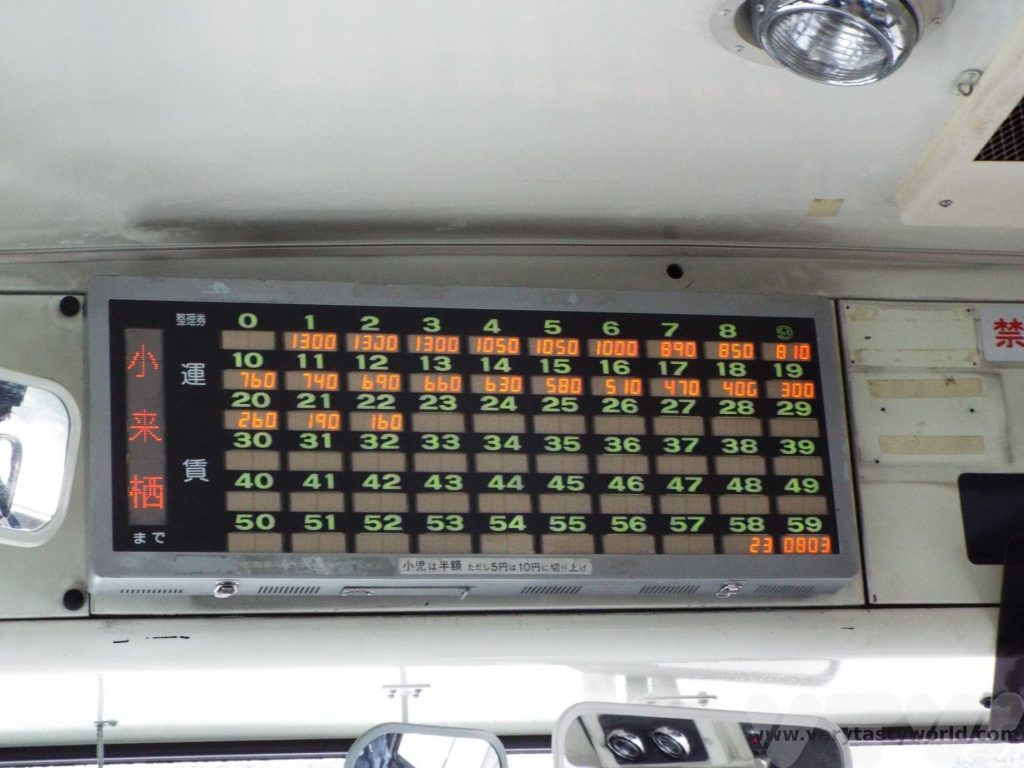
When you want to get off, press the bell, then make your way to the front of the bus. The cost on the grid corresponding to the number on your ticket is the price and you pay the driver by putting money into the slot on your way out.
Some buses offer change, others don’t, so always try to keep a few 100 Yen coins in change. (And if you don’t spend the 100 Yen coins on the bus, you can easily spend the money playing video games in the multitude of city arcades – so much fun!)
If we’re unsure, we just copy the other passengers!
Ferries in Japan
Japan has a lot of islands along its coastline and there are multiple ferries that you can use to reach them. Ferries are generally easy to use. We have pre-booked some in the past, especially when we visited places that were part of our itinerary and we had already booked hotels. But if we are visiting a particular attraction, we just use ferries on the day.
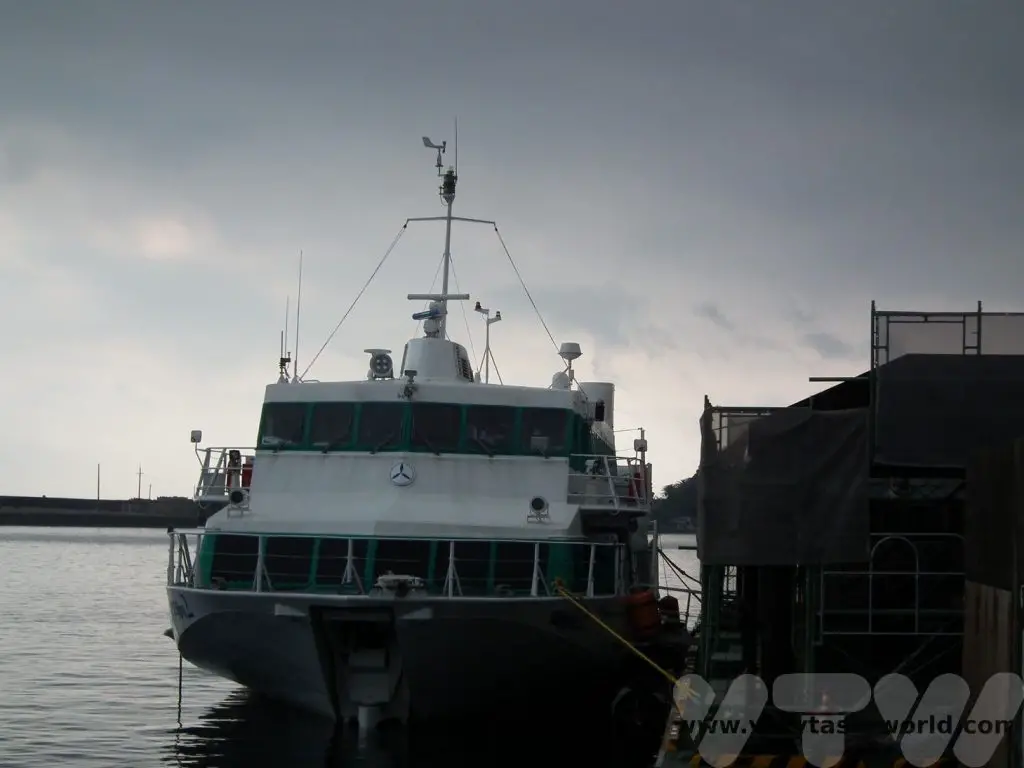
Japanese Taxis
Taxis in Japan are pretty expensive, so we tend to avoid using them. They are usually clearly marked with a taxi light on the roof. Inside the windscreen there will be neon sign; a red light usually means available and a green light means the taxi is already occupied. You can hail a cab just as you would in many parts of the world. Drivers are reliable and courteous but usually don’t speak much English so it’s a good idea to have your destination written down in Japanese. Hotels/accommodation may have business cards, so you might be able to pick one up in the lobby – you can show it to your driver.
If you do hop into a cab, the driver will open the door for you from the driver’s seat, it’s automatic. Payment is usually cash but some drivers might take credit cards. Most rides are metered but for some you may be able to agree a fixed fare based on a fixed journey – e.g. to an airport.
Hire car in Japan
If you are travelling in more remote parts of Japan a hire car may be a good option to explore the area. The Japanese Alps are great for driving through. We hired a car on the tiny island of Yakushima and found it was perfect for giving us flexibility. Driving is on the left, as it is in the UK.
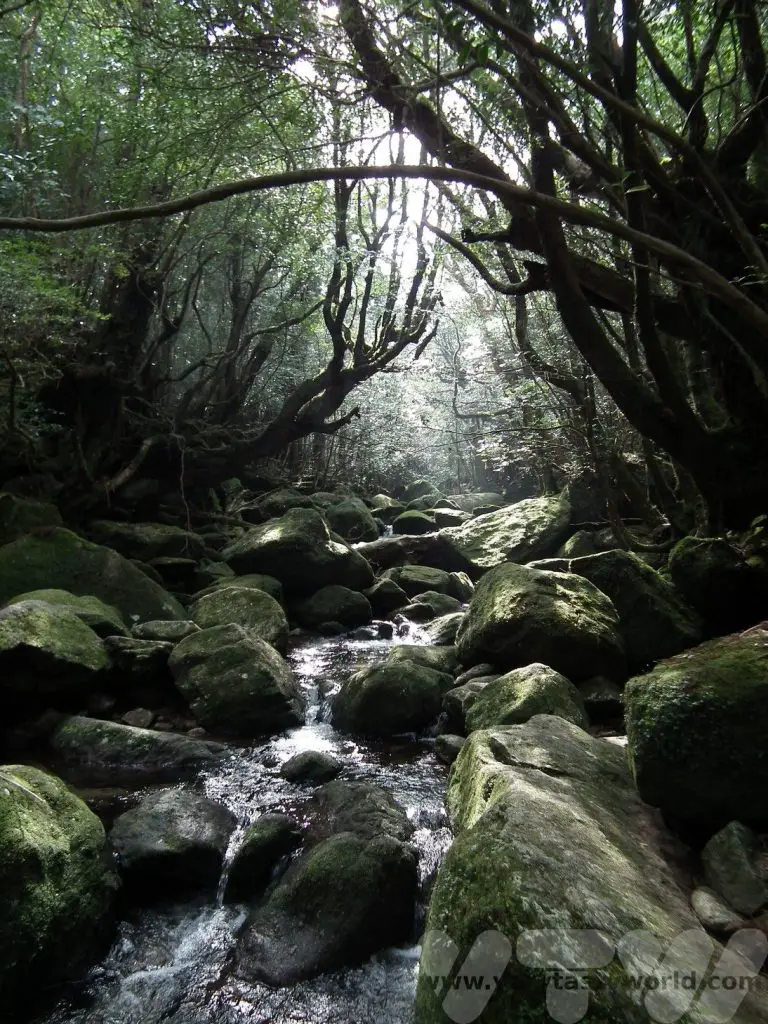
Air
It is possible to fly between locations but we wouldn’t recommend it. Even a long journey on the shinkansen would get you to your destination within a comparable time, especially after all the faff getting to an airport and going through security etc.
Most airports are located a fair way from the cities they serve – e.g. it is around a 1.5 hour journey from Shinjuku, Tokyo to Narita Airport. Most airports will have trains shuttling between the airport and the city. Some also have what are called limousine buses, coaches that will travel to particular destinations from the airport to the city.
Trams
Some cities have tram systems. We’ve used trams in Hiroshima, Nagasaki, Hakodate and Kagoshima. They work in a similar way to buses except it’s often a bit easier to know when you have reached your destination because they are on rails and the tram stops often have a sign! They are usually fixed-fare and you pay at the end of the trip.
Some trams have machines will only take the correct amount of coins but a lot of the tram stops/stations will have a money changing machine where you can exchange notes for coins. Again, all-day passes are usually available and can be purchased ahead of time, often at stations or tourist offices. Some tram systems will also allow you to tap your e-money card if you have one for the area.
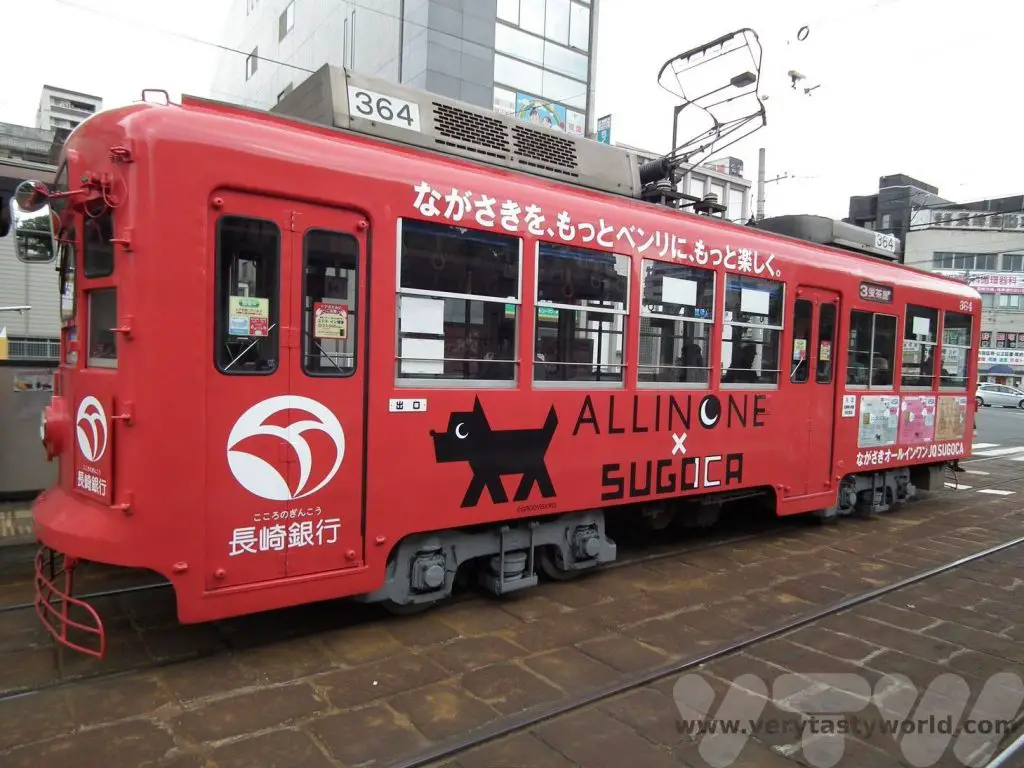
Transportation for your Luggage
Another tip for travelling in Japan is to use the amazing takkyuubin is a luggage forwarding service that will get your bags from one end of the country to the other overnight. It’s reasonably priced and highly efficient. Although there are many companies, the most well known is Yamato Transport Co , characterised by its kuroneko – black cat – logo with a black cat carrying a black kitten.
We have used this service many times and it has always been exceptionally good. Every business hotel or ryokan we have stayed at has been entirely helpful in arranging the transportation. Say, “Takkyuubin dekimasu ka?” and the helpful staff will not only have the forms, they will fill them out for the luggage destination in Japanese for you. (You can say, “Nihongo o kakemasen” – I can’t write Japanese – if you have the hotel information in kanji).
The staff will often telephone the destination hotel to check that it’s okay for them to receive your luggage and they will hold luggage for a few days if needed. You need to do a little preparation – it’s advisable to send bags the evening before you travel at the latest. And we always make sure we have our next hotel’s name written in Japanese so that the staff can know exactly how to complete the form. (Accommodation sites such as booking.com offer the booking in local language as well as your native language.)
We’ve often sent our luggage to the hotel ahead of time, swanned onto the shinkansen carrying only a day pack, and arrived at our destination to find that our bags have already been sent up to our room.
Quirky Travelling in Japan
Ropeways and Funiculars
Japan is a very mountainous country and many cities have viewing points from the tops of hills and mountains. There are often ropeways and funiculars to take you up to the top so that you can enjoy the spectacular views.
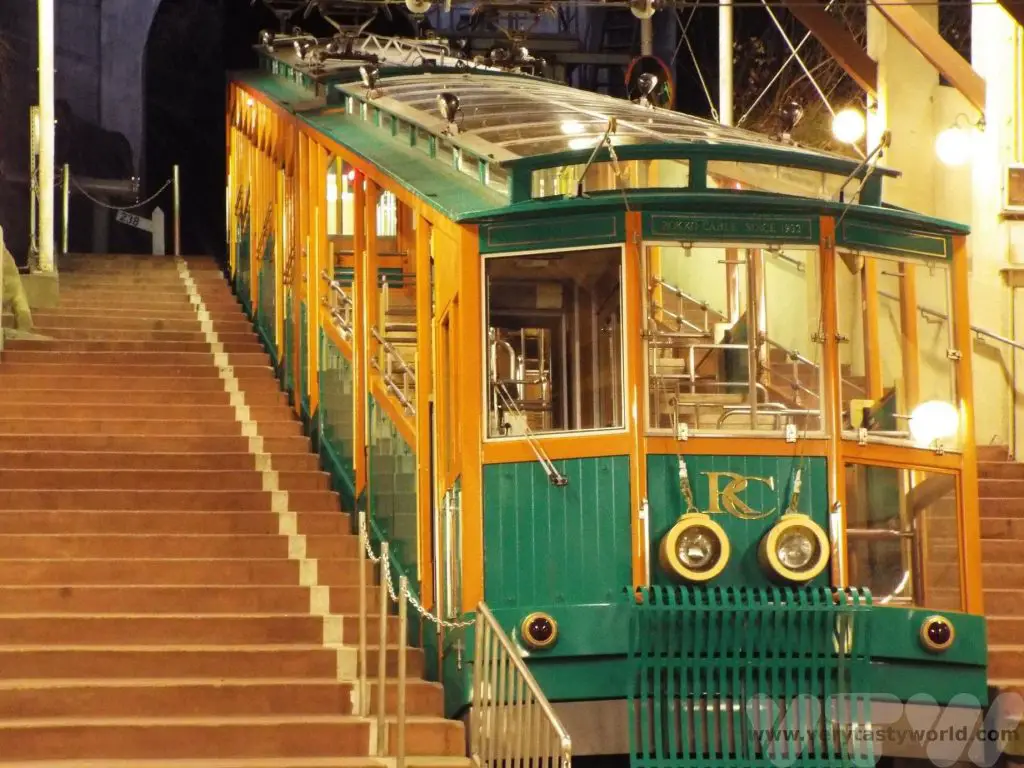
Fun Fact: Did you know that Japan has three officially designated “top views”?
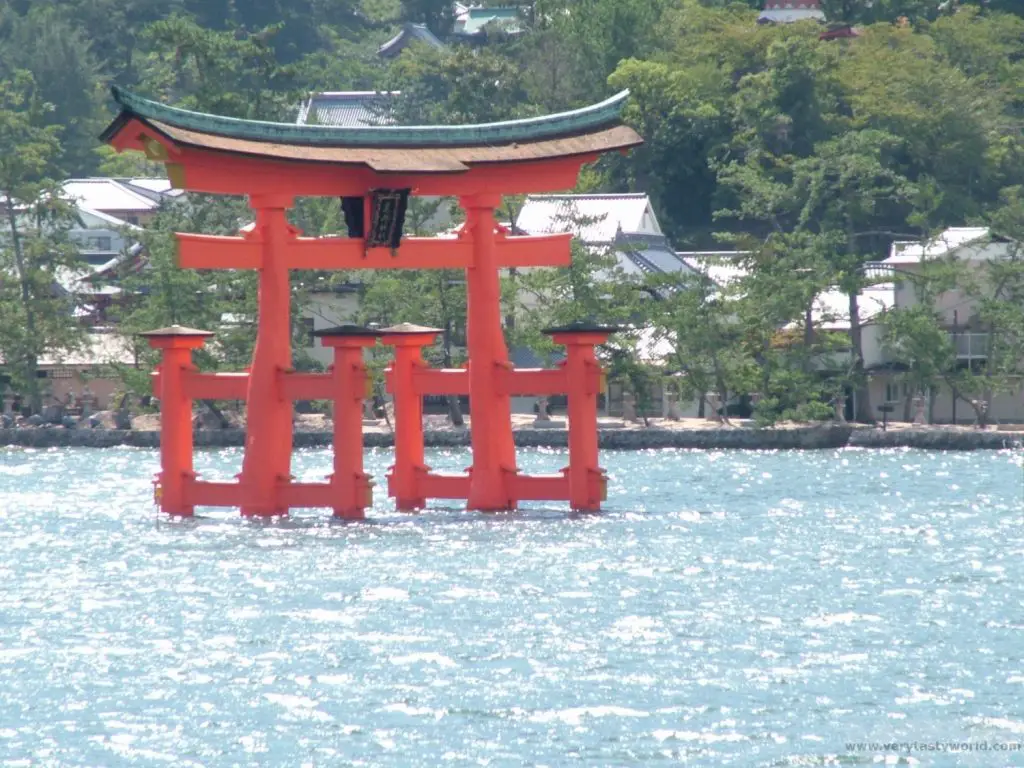

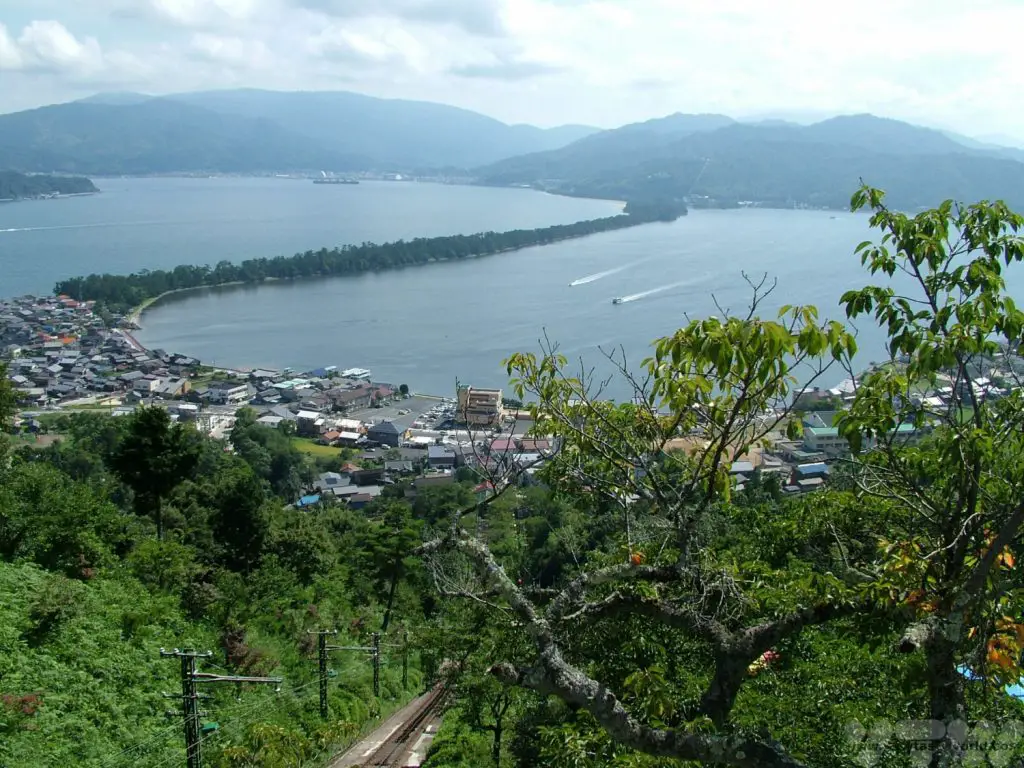
Pirate Ships!
The Fuji Five Lakes area is a lovely place to visit and reasonably easy to reach from Tokyo, even as a long day trip. There are loads of things to do – we particularly enjoyed taking the funicular over the smoking volcano where you can visit a splendid sculpture park. And you can take trips across the lake on a… pirate ship! If you’re super-lucky, you might even catch a glimpse of the illustrious Mount Fuji, Japan’s national mountain. We were unlucky, unfortunately the area is often cloudy.
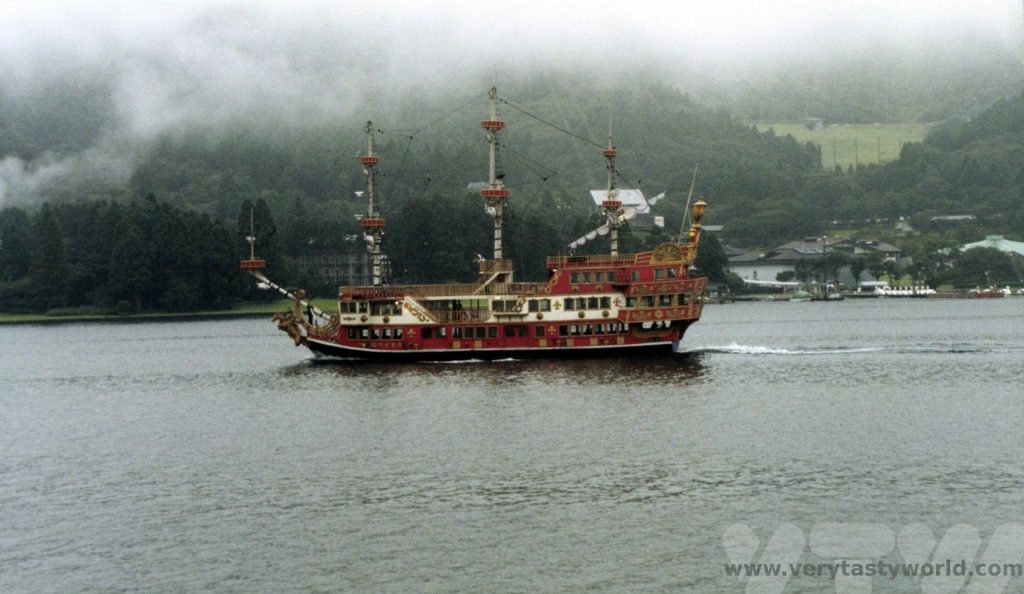
Other Travelling in Japan Tips
It’s worth noting that Japan is still a largely cash-based society. Cash machines are being used more but you can’t always rely on them being available, especially if you are travelling outside the big cities. That said, Japan is also a very safe society and, although nothing is 100% safe, we’ve never felt uncomfortable carrying cash.
Some Useful Words and Phrases
| Does this go to [destination] | [Destination] ni ikimasu ka |
| Where is the train station? | Eki wa doko desu ka |
| Where is the bus stop | Buseto wa doko desu ka |
| Where is… | … doko desu ka |
| How much is this? | kore wa ikura desu ka |
| Asking someone to point to a location on a map (where is here?) | koko wa doko desu ka |
| Can I make a reservation | yoyaku ga dekismasu ka |
| I have a reservation | yoyaku ga arimasu |
| Train/bullet train/bus/car | densha/shinkansen/basu/kuruma |
| Please/thank you/excuse me | onegaishimasu/arigato/sumimasen |
Related Posts You May Enjoy

- Recipe: Simmered Shiitake Mushrooms

- How to Use Public Transport in Japan
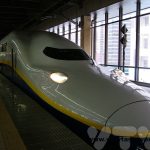
- RECIPE Oyakodon Donburi

- Planning a Trip to Japan
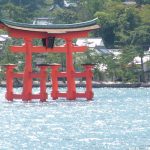
- The Makanai: Cooking for the Maiko House

- Setsubun Food – Bean Throwing Day

- The Gassho Farmhouses of Rural Japan
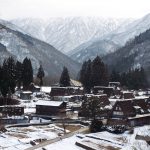
- Recipe: Japanese Simmered Pork Belly – Buta no Kakuni

- RECIPE: How to Make Umeboshi

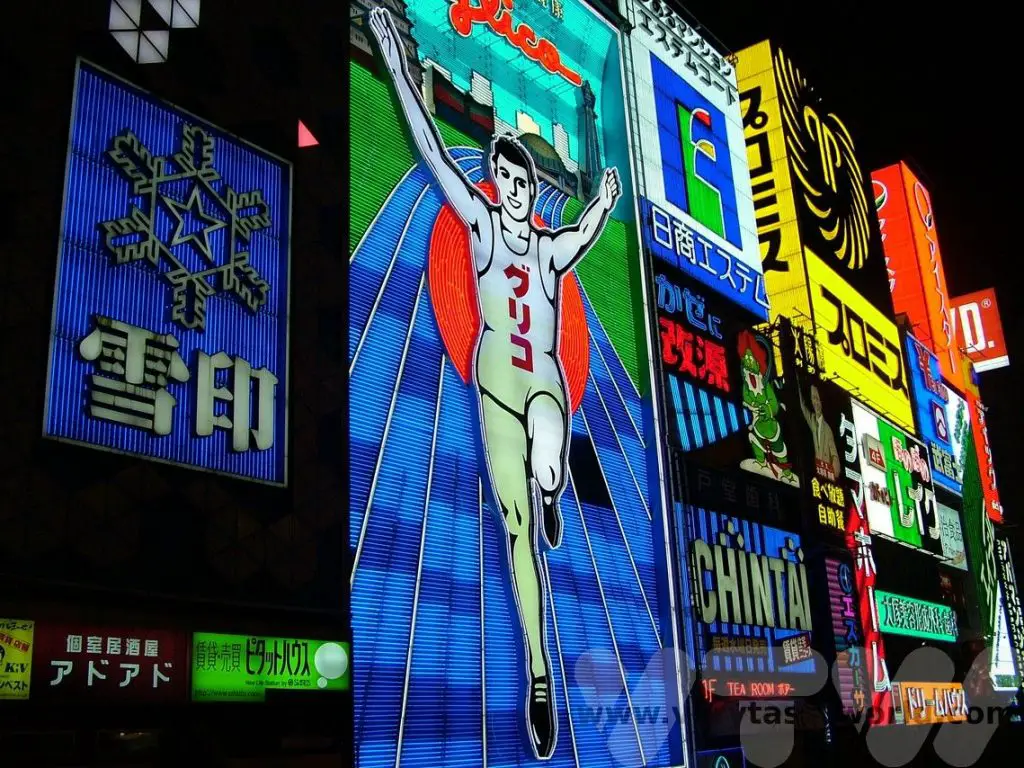
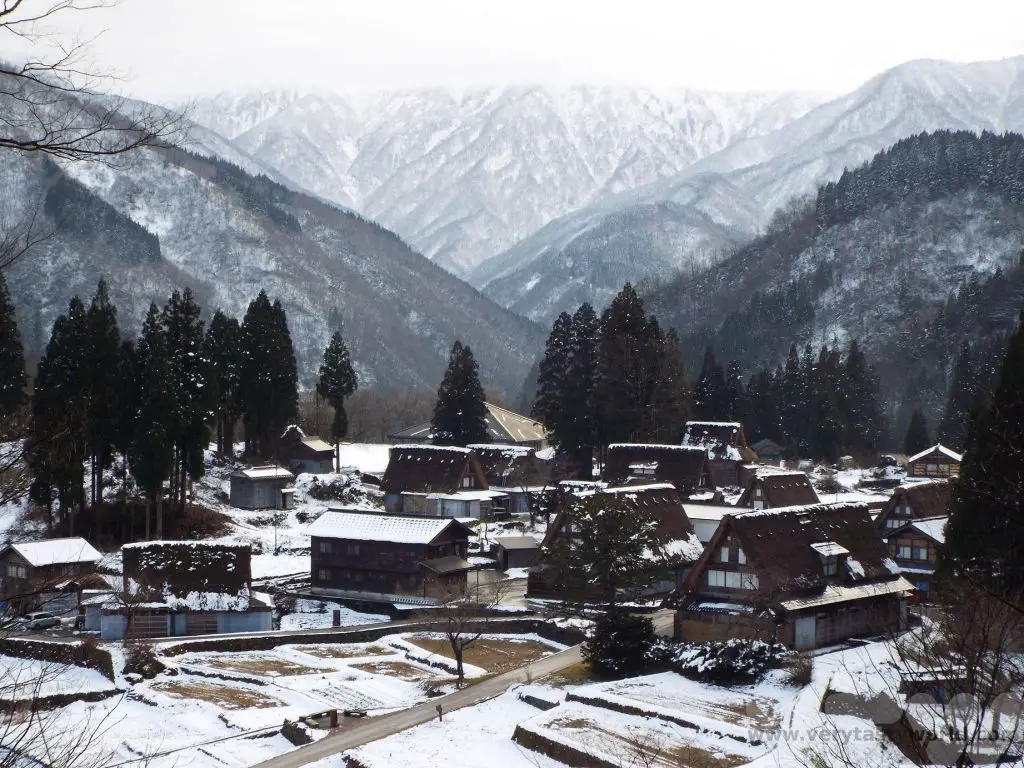
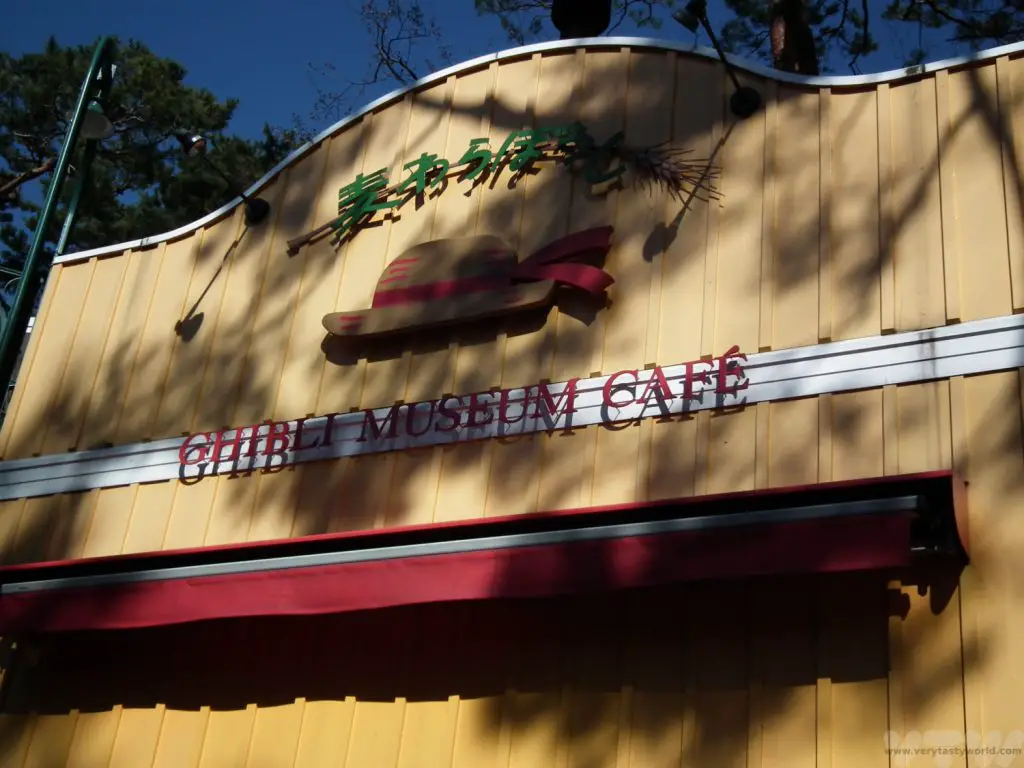


What a great resource for travellers to Japan. It can be scary navigating public transportation when in a country that doesn’t use the roman alphabet. Your inclusion of the characters and phrases is really helpful. I appreciated the detail for each type of transportation and will be saving this for future reference.
Lyn | http://www.ramblynjazz.com
Thank you so much – we’re really glad that this is helpful. Using public transport is a great way of getting around Japan and, although it may be a bit daunting initially, is really efficient.
Traveling to Japan on a railway is something of a must-do, in fact an experience in itself and such a great opportunity to immerse oneself with the wonders of a far more superior technology (bullet train) compared to what we have in Europe or in America (oh gosh). Speed is king when you want to see all of Japan in a given time frame. I can imagine the – oh did we miss the stop moments when its time to read the signs written in Japanese. Love the helpful language phrases you included 😉 Arigato for sharing #flyingbaguette
Jan – https://flyingbaguette.com/
You’re so right about the bullet train being a must-do experience – it really is an amazing way to travel and so fast. Really glad the language phrases were helpful!
Such a well written and very informative post on transport in Japan.
Having been there for a few weeks a while back, everything said here is totally correct and is such a good guide to those needing this info.
I loved public transport in Japan. It’s so efficient, clean and modern that taking a bus or train or subway each day was a delightful attraction in itself.
Personally, riding the Shinkansen trains was a dream come true. If you’ve never done it, just make sure you do for the wonderful experience
Thank you so much for your kind words. We love travelling on public transport in Japan – you’re right that it is so efficient and clean. Really glad that you were able to realise your dream of riding the shinkansen.
Personally I feel like pirate ship is the only obvious choice. But seriously, very informative. I’d love to take the bullet train. I took rapid trains in China and they were so nice, I can only imagine how the Japanese ones would be. Good to know about the rail pass and how to best compare to make sure you’re getting a deal out of it. The luggage service is a really good idea. I hate having to take my luggage on transportation as there’s never enough room, it’s always far from your seat and you always feel like you’re leaving it in someone’s way
Hee! You’re right about the pirate ship, it’s the best way to travel! Really glad you found the info to be useful. We absolutely recommend the luggage transportation – it’s fast and efficient and makes travelling so much easier.
Thanks for sharing this comprehensive guide on public transport in Japan. I read a lot of blogs and every Japan post so far has raved and praised the efficient network and railway pass. The tip with the different privatised providers is great, I can see myself falling victim to this. The jingles for different regions and town is a cute idea, Germany has them too on regional trains and each Bundesland plays its own pan flute jingle.
Carolin | Solo Travel Story
Glad that this is a useful guide. The transportation network is brilliantly integrated and very efficient but there are just a few quirks. How nice about the pan flute jingles on German railways!
I really want to visit Japan and one of the things I’m most curious about is the country’s public transport system.
From everything I’ve read, reference is always made to the efficiency and effectiveness of public transportation in the country.
This practical but very well-structured guide has only reinforced my ideas on the subject.
That map of the metro system above the ticket machines would definitely give me heart palpitations ahahah
What a great, informative post! I agree, the public transportation is amazing in Japan, but I do wish I trusted myself a bit more before going. I wish I had this post haha! I will say the JR pass is a little tricky to find out if it’s worth the money, but we did buy the more expensive one simply to not have to worry about it. It was the cost of convenience for us! But I feel like if I was more comfortable with it, I may have opted for the cheaper.